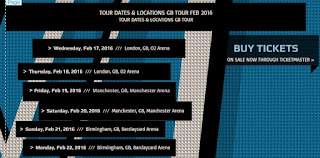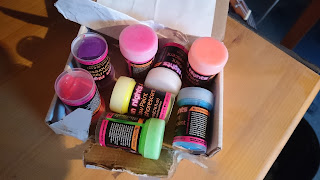 |
| We used the "add" tool to place everything on the website |
At first we decided to create the basic pages on the website:
- Home
- News
- Media (With Bio under it)
- Store
- Tour
- Contact
We then added some basic content to it, such as relevant information on all of the pages and the appropriate icons for each page, such as social media widgets.
On the home page we had all of the things that seemed most important, this included a link to pre order the album, the music video, the song, a link to the tour page and a list of social media links.
On the news page I put some announcements for big events such as the music video's release. After having received feedback from our target audience, who felt the website was not interactive enough, we added in a competition and an announcement video, featuring our artist addressing his fans, giving them an update.
 On the media page there were some social tools added, but since we hadn't set up the accounts yet they looked quite bare. This would later become one of the most interactive parts of the website. We added in a lot of different features after getting feedback from the audience saying that there was not enough on the website for them to engage with. We added in links for purchase opportunities, including tickets for Orlando's upcoming concerts, download links for digital copies of the single 'Sun Goes Down' and also a link to the store page for pre-ordering the album. There were also social media pages added into this page, we added in a widget for Orlando's instagram feed, which also prompted viewers to follow his account.
On the media page there were some social tools added, but since we hadn't set up the accounts yet they looked quite bare. This would later become one of the most interactive parts of the website. We added in a lot of different features after getting feedback from the audience saying that there was not enough on the website for them to engage with. We added in links for purchase opportunities, including tickets for Orlando's upcoming concerts, download links for digital copies of the single 'Sun Goes Down' and also a link to the store page for pre-ordering the album. There were also social media pages added into this page, we added in a widget for Orlando's instagram feed, which also prompted viewers to follow his account.
The bio page was set up with a space for Orlando's picture at first, since we had not done the photoshoot yet. There was also a section for text about Orlando, so the audience could learn more about him.
For the store page I inserted a store tool, but we did not have any products to put on there at the moment, apart from a pre-order page for the album. Later, this page would be populated with merchandise. To get a better sense of what our audience would buy, we carried out a survey and decided to display the most popular results on the store, with items such as t-shirts and mugs being the highest in demand. Using the website Redbubble.com, I created the designs which we then used to advertise the products on the store page.
The tour page had a list of dates and a link for people to buy tickets for the show, which would direct them to www.ticketmaster.co.uk
The contact page included some fake contact information for people who worked at our record label. This let people get into contact with them, while also making the website look legitimate and professional, since all other artists we looked at had contact information on their website..
On the home page we had all of the things that seemed most important, this included a link to pre order the album, the music video, the song, a link to the tour page and a list of social media links.
On the news page I put some announcements for big events such as the music video's release. After having received feedback from our target audience, who felt the website was not interactive enough, we added in a competition and an announcement video, featuring our artist addressing his fans, giving them an update.
The bio page was set up with a space for Orlando's picture at first, since we had not done the photoshoot yet. There was also a section for text about Orlando, so the audience could learn more about him.
For the store page I inserted a store tool, but we did not have any products to put on there at the moment, apart from a pre-order page for the album. Later, this page would be populated with merchandise. To get a better sense of what our audience would buy, we carried out a survey and decided to display the most popular results on the store, with items such as t-shirts and mugs being the highest in demand. Using the website Redbubble.com, I created the designs which we then used to advertise the products on the store page.
| The final version of the store page |
The tour page had a list of dates and a link for people to buy tickets for the show, which would direct them to www.ticketmaster.co.uk
 |
| An early version of the Tour page |
































